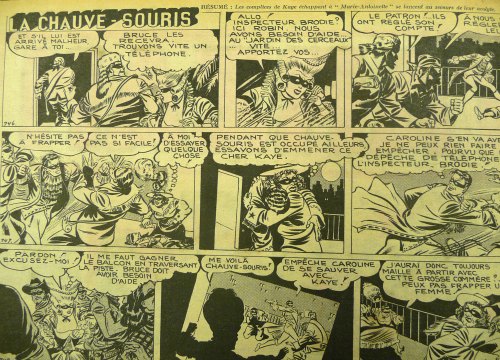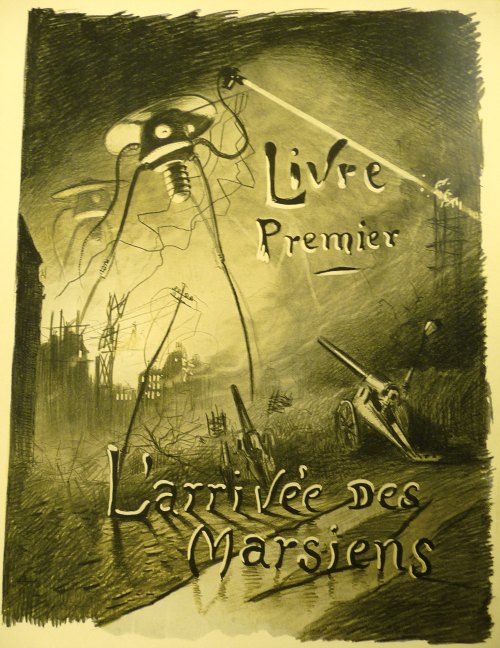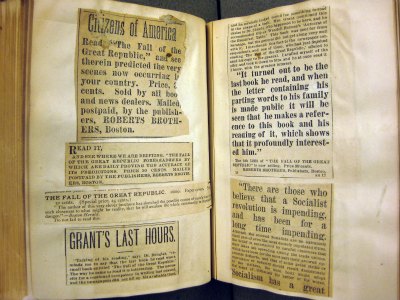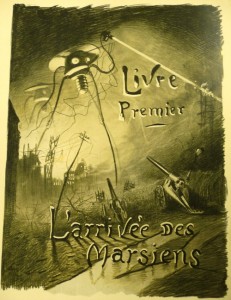 In June and July we’re celebrating the beginning of a new fiscal year by highlighting new acquisitions from the past year. All of these amazing resources will be available for today’s scholars, and for future generations of researchers in the Rubenstein Library! Today’s post features new items in the Library’s Negley Collection of Utopian Literature and its comic book collections. Check out additional posts in the series here.
In June and July we’re celebrating the beginning of a new fiscal year by highlighting new acquisitions from the past year. All of these amazing resources will be available for today’s scholars, and for future generations of researchers in the Rubenstein Library! Today’s post features new items in the Library’s Negley Collection of Utopian Literature and its comic book collections. Check out additional posts in the series here.
One of the most influential books in science fiction history, H. G. Wells’s The War of the Worlds, was an immediate sensation upon its publication in 1898. Famously adapted for radio, film, and television, the work received perhaps its most beautiful visual interpretation in the limited edition of Henry Davray’s French translation, La Guerre des Mondes, published in Brussels in 1906 with stunning illustrations by Henrique Alvim Corrêa.
The book features 32 plates as well as over 100 illustrations within the text. Corrêa, a Brazilian painter and illustrator who lived in Belgium for most of his life, captured the intensity, grand scope, and wonder of Wells’s vision of interplanetary invasion in his atmospheric, energetic compositions.
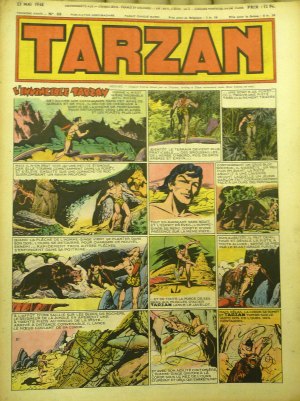 Another new acquisition demonstrates, in a different format, the burgeoning global appeal of genre fiction adapted to visual form in the twentieth century. A complete run of 293 issues of Tarzan, a comics series published in Paris between 1946 and 1952, features the adventures of Edgar Rice Burroughs’s famous creation in vivid color.
Another new acquisition demonstrates, in a different format, the burgeoning global appeal of genre fiction adapted to visual form in the twentieth century. A complete run of 293 issues of Tarzan, a comics series published in Paris between 1946 and 1952, features the adventures of Edgar Rice Burroughs’s famous creation in vivid color.
The first 71 issues also feature a French adaptation of the newspaper comic strip featuring Batman, La Chauve-Souris (The Bat), by the famous French science fiction illustrator, René Brantonne. These American adaptations ran alongside comics adaptations of French classics such as Les Miserables.
The Rubenstein Library now holds the only known copy of this periodical in the United States, which appears to be very rare in institutional holdings even in France.
